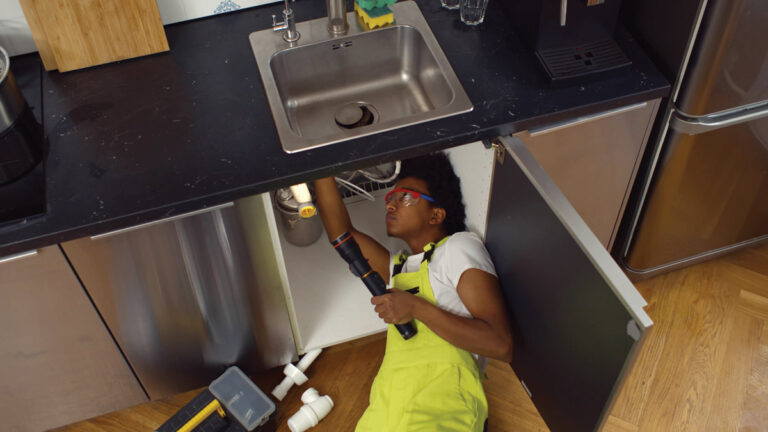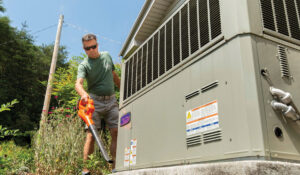I have found that most people who enjoy cooking have strong opinions about their preferred fuel choice — gas or electric. Induction is a newer option for home stovetops, which is growing in popularity. If you’re considering a new stovetop, here is a guide to help you through your options.
According to a study completed by the Electric Power Research Institute, 74% of the energy from an electric range is transferred to food, versus 40% on a gas range. Induction cooktops are the most efficient option at 90% energy transferred to food. Regardless of your stovetop choice, using the right size of pots and pans on the burners is important to avoid wasting energy.
Electric cooktops are a tried-and-true option for many homes, and they are typically the most affordable option. Glass top models offer a cleaner look than the traditional coil elements and are easier to clean, but they tend to be more expensive. The most common complaint about electric cooking is that the heating controls are not as fast or precise.
Many home chefs prefer gas stovetops because the size of the flame is a visual clue that helps control the cooking temperature. Temperature adjustments are also faster and more precise than on electric stovetops. However, there are some concerns with safety and indoor air quality associated with gas stoves, because gas emissions can be harmful to your health. To reduce indoor air pollution, always use an exhaust fan when using a gas stovetop. Ideally, it should be vented to the exterior of the home.
Access is also a consideration. Natural gas is typically available in more populated areas, while rural customers may need a propane storage tank installed outside their homes to use a gas stove.
An induction stovetop can offer a higher-end cooking experience than a standard electric stovetop, and some people prefer it to cooking on gas.
Induction stovetops use electromagnetic energy to heat the pan, reducing energy waste. Instead of heating the stove’s surface, they heat the pans themselves. Because the pans heat directly, you don’t have to wait for the heat to transfer like you do with gas and electric stovetops, resulting in faster cooking times. They also allow for more precise temperature control, which can deliver better results.
Cool burners offer additional safety benefits. You don’t have the indoor air quality issues associated with gas, and they won’t ignite items like dishrags or paper left on the stovetop.
Induction cooktops are typically more expensive than similar gas or electric models. They also require the use of specific cookware. Stainless steel and cast-iron cookware are both compatible with induction cooktops. If you want to test your pots and pans to see if they are induction compatible, do the magnet test. If a magnet sticks to the bottom of the pan, it will work on an induction stove.
Cooking on an induction stovetop takes a little time to get used to, but many people have made the switch and enjoy the experience. If you are remodeling and have a gas range, consider running electrical to support an induction cooktop if you change your mind in the future. Setting up the power supply during a remodel can offer significant savings.
If you are considering making the switch, keep an eye on any incentives. A rebate for replacing your gas stove with an electric one may be available under the Inflation Reduction Act.
Photo by Mark Gilliland










